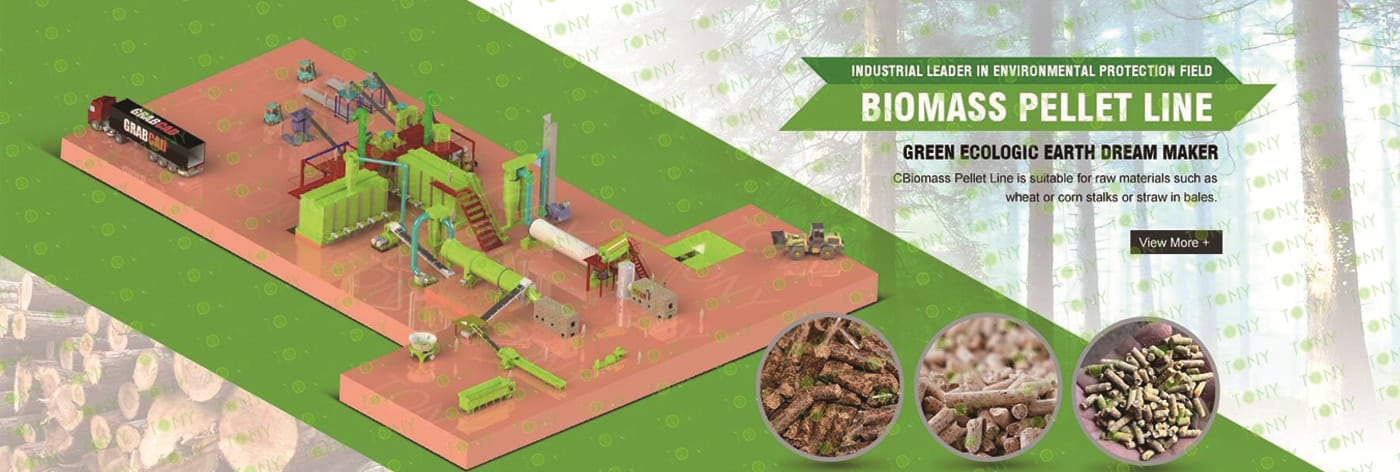In recent years, the biomass pellet industry has seen a surge in investment, driven by its significant environmental benefits and promising economic prospects. This is primarily due to policy support, strong market demand, and abundant raw materials. The following is a detailed analysis:
Strong Policy Support:
With the advancement of the "Dual Carbon" strategy, biomass energy, as a clean energy source, has received significant national attention. Many regions have also introduced policies to subsidize biomass pellet production equipment, creating a favorable policy environment for the industry's development.

Strong Market Demand:
Biomass pellet fuel can be widely used in heating, industrial boilers, and power generation. With increasing environmental protection requirements, the use of traditional fuels such as coal has been restricted. Industrial boiler upgrades have driven a surge in demand for alternative fuels. Clean heating policies in northern China have also boosted the use of biomass pellets in the residential market.
Abundant Raw Material Resources:
The growing area of crop cultivation has led to a significant output of agricultural waste, such as straw. There is also a large supply of wood chips and rice husks, all of which can serve as raw materials for biomass pellets. These raw materials are abundant and low-cost to obtain. Companies are primarily located in regions with rich agricultural and forestry resources, which helps reduce production costs and increase profit margins. High Return on Investment:
Biomass pellet processing offers considerable profits, while raw material costs are relatively low. After deducting site and raw material costs, profits per ton can reach hundreds of yuan. Investments in the biomass pellet industry typically pay back within 6-12 months, attracting numerous investors.
Promising Industry Development Prospects:
The biomass pellet industry is gradually evolving from scattered, workshop-style production toward large-scale, standardized, and branded production. The market is expected to expand further in the future, and the development prospects are promising.
In actual applications, the appropriate equipment should be selected based on the specific raw material characteristics and downstream processing requirements.





















